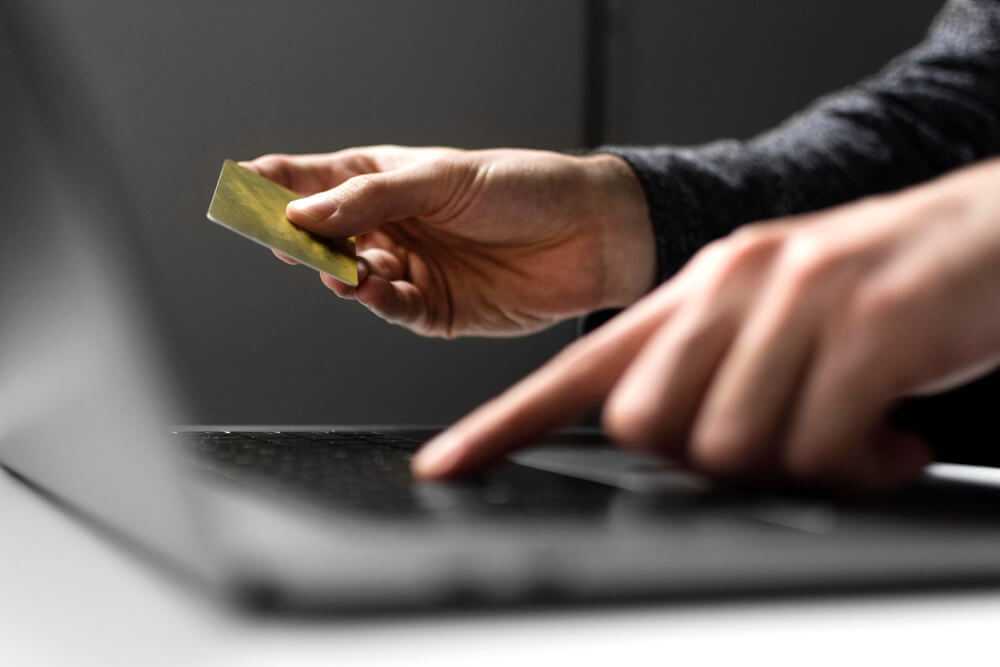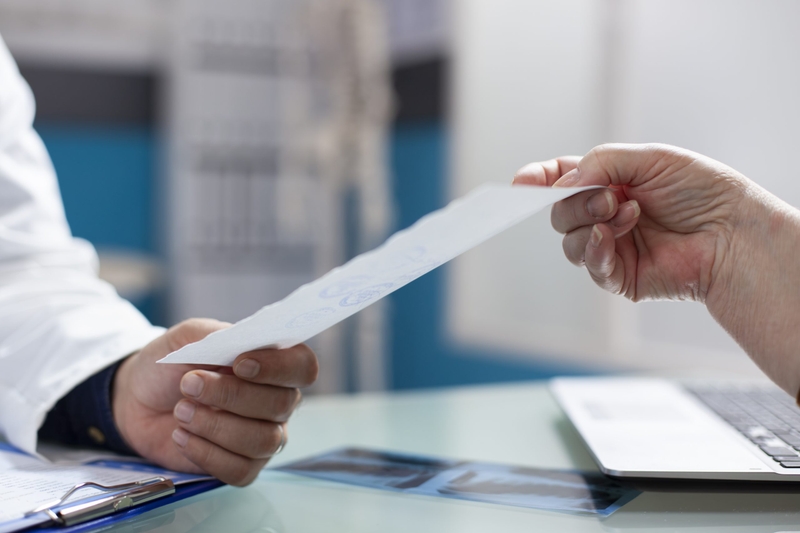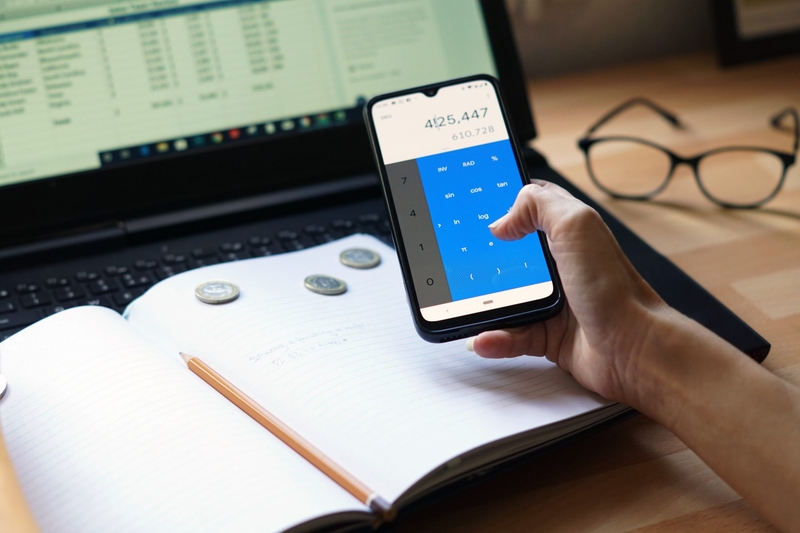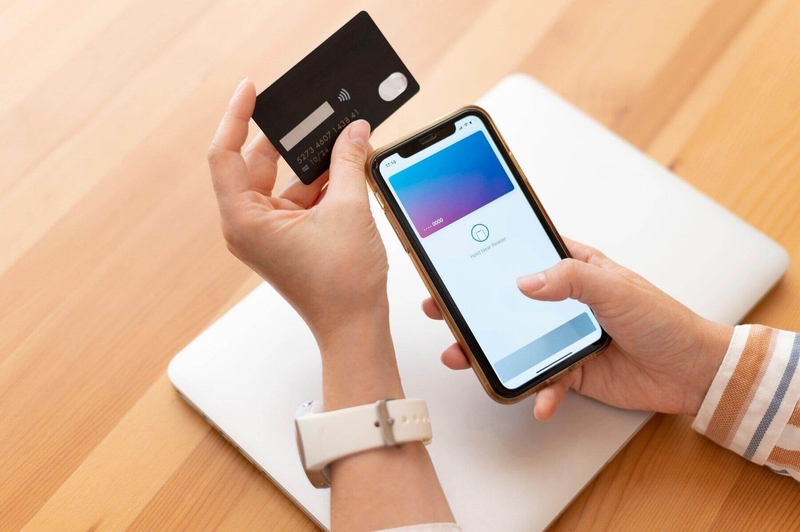

How to Send Money Without a Bank Account?
Not everyone has access to a traditional bank account, but that doesn’t mean they’re excluded from financial transactions. It’s entirely possible to send money without a bank account safely and efficiently.
VELLIS NEWS
28 Jul 2025
By Vellis Team
Vellis Team
Automate your expense tracking with our advanced tools. Categorize your expenditures
Related Articles

Vellis News
25 August 2025
No Surprise Act: Why is it Important?
Healthcare is stressful enough without the added anxiety of unexpected bills. For years, patients across the United States faced “surprise bills” after receiving care — charges they didn’t anticipate, often because an out-of-network provider was involved without their knowledge.

Vellis News
6 October 2025
What Is Payment Orchestration?
Businesses now handle transactions across borders, currencies, and multiple payment providers. Managing all these systems efficiently can be a nightmare, especially without payment orchestration.

Vellis News
5 May 2025
Buy Now, Pay Later (BNPL): What It Is?
Buy now, pay later (BNPL) is a short-term loan that lets shoppers split purchases into smaller, usually interest-free installments. It’s perfect for buying big-ticket items without draining your bank account upfront. Its ease and flexibility have made BNPL a favorite among those wanting to manage their spending more comfortably.
Thanks to a mix of traditional services and modern fintech solutions, people without bank accounts can still move money across town or even across the globe. In this guide, we’ll explore the practical and secure ways you can do just that.
Why Someone Might Not Have a Bank Account
It’s a lot more common than you might think. People may not have bank accounts for several reasons:
- Lack of required documentation like IDs or proof of address
- Mistrust of financial institutions
- Financial difficulties, such as inability to maintain minimum balances
- Living in rural or underserved areas without nearby bank branches
- Age, like minors or elderly individuals avoiding online systems
While banks are still crucial, many innovative tools now make it easy to send someone money without a bank account even across borders.
Cash Transfer Services (In-Person Options)
Cash transfer services remain a popular and widely used method. Providers like Western Union, MoneyGram, and Ria offer extensive agent networks worldwide.
Here’s how it works:
- Find a nearby branch or authorized agent location.
- Fill out a form and pay in cash.
- Receive a transaction number (MTCN or reference code).
- Share that number with the recipient.
- The recipient collects the money from a partner location—often in minutes.
This method is especially useful for local & international payment needs, offering real-time delivery and multiple currency options. Most services also allow you to track transfers.
Mobile Wallets and Prepaid Cards
Mobile wallets are digital apps that store cash electronically without needing a bank account. Examples include GCash in the Philippines, M-Pesa in parts of Africa, Cash App, and Venmo in the U.S. Many platforms allow cash loading through physical kiosks or retailers.
Some offer prepaid cards you can load with cash and use to pay online or in-store. You can also use these wallets to transfer funds to other users within the same app.
Setting one up typically involves:
- Downloading the app
- Verifying your identity (varies by country)
- Adding cash through a convenience store, kiosk, or over-the-counter partner
While mobile wallets are convenient, it’s important to ask: are mobile payment apps safe? The answer is mostly yes, but only when using regulated apps with encryption and fraud protection. Remember to also always set strong passwords and enable two-factor authentication.
Digital Money Transfer Apps with Cash Pickup
If you want to send funds digitally but your recipient needs physical cash, some apps specialize in exactly that. Some popular options include:
- Remitly
- Xoom (by PayPal)
- WorldRemit
These apps allow you to pay using your debit or credit card, then the recipient can pick up cash at a participating partner location.
Here’s how it usually works:
- You create an account and enter the recipient’s details.
- You choose a payment method (e.g., card, mobile wallet).
- You select a cash pickup location based on the recipient’s country.
- The recipient uses an ID and reference number to claim the cash.
This option works well for people in other countries who don’t have banks, offering convenience and control over the delivery method.
Retail Money Orders
Old-school but effective, money orders are a paper-based payment that doesn’t require a bank account.
You can purchase money orders from:
- Post offices (e.g., USPS in the U.S.)
- Walmart and other retail stores
- Grocery chains
- Check-cashing locations
Here’s how to use them:
- Buy the money order (usually up to $1,000 per order)
- Fill out the recipient’s name and your name
- Mail or hand-deliver it securely
- The recipient can cash it at participating locations
Fees are usually low (under $5), and it’s a good option for mailing money securely.
Using Cryptocurrency (For Advanced Users)
Cryptocurrency is a digital alternative that operates outside of traditional banking. Coins like Bitcoin, Ethereum, and stablecoins (e.g., USDT, USDC) can be transferred peer-to-peer, without intermediaries.
Here’s a quick guide on how to send crypto:
- Both sender and recipient need a crypto wallet.
- The sender transfers the crypto to the recipient’s wallet address.
- The recipient can either keep the funds or convert them to cash using an exchange or peer-to-peer market.
While this is a bank-free solution, it’s not ideal for beginners. The crypto world comes with volatility, fees, and a learning curve. It’s also less suitable for urgent needs.
That said, it’s an emerging option, especially in countries with limited access to traditional financial systems.
Choosing the Best Method Based on Situation
There’s no one-size-fits-all solution. Here’s a quick comparison to help you choose:
| Method | Speed | Fees | Ideal For |
| Cash Transfer Services | Minutes | Medium | Local & global cash pickup |
| Mobile Wallets | Instant | Low | Domestic transfers, daily use |
| Prepaid Cards | Instant | Low-Medium | Teens, unbanked users |
| Digital Transfer w/ Pickup | Minutes-Hours | Medium | Sending to rural or global areas |
| Money Orders | Days | Low | Mailing money without digital tools |
| Cryptocurrency | Minutes | Varies | Tech-savvy users, cross-border |
When evaluating options, look at:
- The recipient’s location and access to technology
- Whether cash pickup or mobile transfer is preferred
- Urgency of the transfer
- Cost per transaction
Always use well-reviewed providers and verify their security practices. Scammers often target people using cash transfers or unfamiliar platforms.
When sending money across borders without a bank, understanding correspondent bank relationships can help. These are banks that work together to facilitate cross-border transfers, especially when one party doesn’t have direct access to international networks. Cash transfer services and digital apps often use correspondent banks to route funds behind the scenes.
Thanks to financial innovation and global connectivity, sending money without a bank account is no longer a challenge – now, it’s only a matter of choosing the right tool for the job.
Frequently Asked Questions (FAQs)
Can I send money internationally without a bank account?
Yes. Services like Western Union, Xoom, and Remitly allow international transfers with cash pickup.
Is it safe to send money without a bank account?
It can be. Stick to licensed providers, double-check recipient details, and get confirmation receipts.
Can someone receive money without having a phone or app?
Yes. They can receive funds in person at transfer agent locations using a valid ID and transaction code.
What’s the cheapest way to send money without a bank account?
Money orders and certain digital platforms with local cash agents are low-cost for domestic transfers.
Do I need an ID to send or receive money?
In most cases, yes. Especially for large amounts or international transfers, so always check provider rules.
References
Federal Deposit Insurance Corporation. (2022). How America Banks: Household Use of Banking and Financial Services. https://www.fdic.gov/analysis/household-survey/index.html
Consumer Financial Protection Bureau. (2023). Prepaid cards: What you need to know. https://www.consumerfinance.gov/ask-cfpb/what-is-a-prepaid-card-en-431/ World Bank. (2021). The Global Findex Database 2021: Financial Inclusion, Digital Payments, and Resilience. https://globalfindex.worldbank.org

Ready to transform your financial management?
Sign up with Vellis today and unlock the full potential of your finances.
Related Articles

Vellis News
19 August 2025
What Is Near-Field Communication (NFC)?
Near Field Communication, or NFC, is a type of wireless technology that lets two devices talk to each other when they’re very close, usually just a few centimeters apart. What’s more, you’ve probably used it without even realizing it by tapping your phone to pay at a store, using a contactless card on the bus, or quickly sharing photos between phones.

Vellis News
5 March 2025
What Are Integrated Payments?
Integrated payments streamline transactions by connecting sales, accounting, and customer management systems. This automation eliminates manual data entry, enabling real-time transaction tracking. Businesses benefit from efficient operations, mobile payment processing, and B2B transactions, leading to faster checkouts and better customer experiences. Integrated payment solutions adapt to evolving business needs, supporting various payment methods seamlessly.

Vellis News
25 March 2025
What Are Real-Time Payments (RTP)?
In this thriving tech frenzy world, where digital transformations are shaping the world of finance, it has become utterly challenging to keep track of numerous payment alterations. Real time payments or RTPs focus on enabling easier, faster, and more productive payment methods that enable immediate transfer of funds 24/7.
We use cookies to improve your experience and ensure our website functions properly. You can manage your preferences below. For more information, please refer to our Privacy Policy.
© 2025 Vellis Inc.Vellis Inc. is authorized as a Money Services Business by FINTRAC (Financial Transactions and Reports Analysis Centre of Canada) number M24204235. Vellis Inc. is a company registered in Canada, number 1000610768, headquartered at 30 Eglinton Avenue West, Mississauga, Ontario L5R3E7, Canada.
